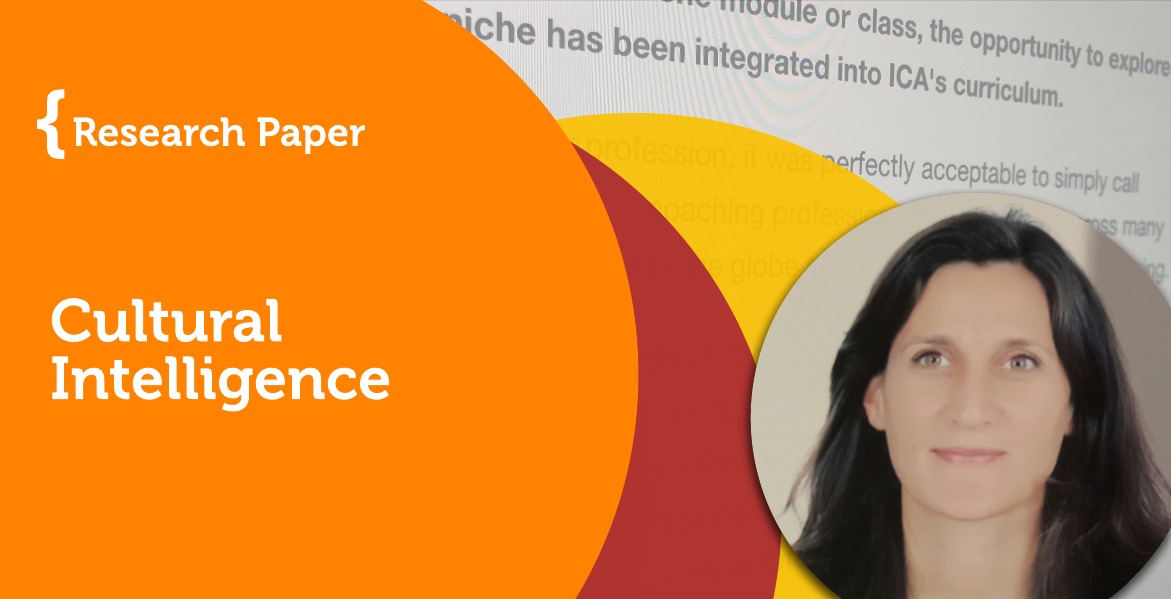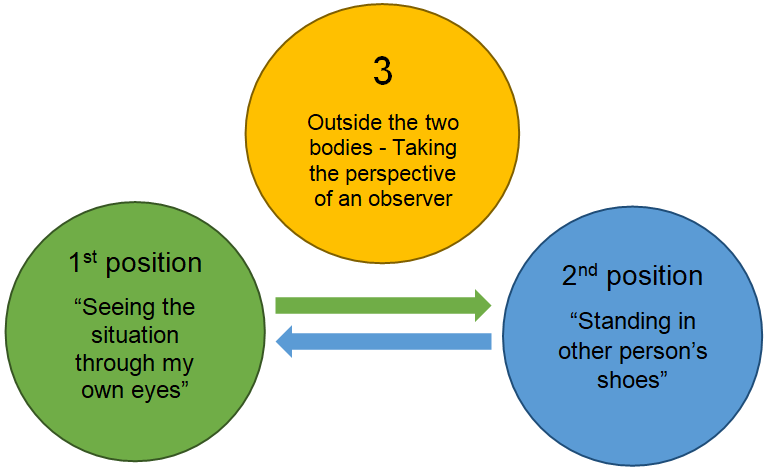
Research Paper By Johaina Samaha
(Transformational Coach, FRANCE)
The words “Cultural Difference” have been in my mind and part of my life since I was a child. Indeed, as a Lebanese who grew up in France and then worked in France, Tunisia and Oman, I soon came up with cultural issues in my life, first as a student, then as a professional and finally as a spouse and mother of two Tunisian/Lebanese children.
Meeting cultural differences in each of my transitions was a challenge for me. How can I behave with other children who aren’t from my country, hence my culture? How to deal with employees who don’t have the same history, educational background, and experience? Not even the same language (I did not understand Tunisian when I first arrived in Tunisia) and not the same culture. And then, how to deal with my husband who has not the same beliefs, the same faith and not the same culture again …
What is culture, though? The word “culture” derives from a French term, which in turn derives from the Latin “colere,” which means to tend to the earth and grow, or cultivation and nurture. “It shares its etymology with a number of other words related to actively fostering growth,” Cristina De Rossi, an anthropologist at Barnet and Southgate College in London.
“Culture encompasses religion, food, what we wear, how we wear it, our language, marriage, music, what we believe is right or wrong, how we sit at the table, how we greet visitors, how we behave with loved ones, and a million other things,” De Rossi said.
In other words, culture is to learn how to grow. Like a flower who needs air, water, nutrients, and sunlight, what do we, as human beings, need to grow?
According to my experience, I would say that we have to learn from others, not judge them, but rather respect them: understand how they behave? What influences their behavior? What do they believe in? How do they learn? After all, depending on different factors (education background, environment, family, faith, …) each one of us is different.
Cultural Intelligence
I read an interesting subject, very new to me while doing my research: cultural intelligence. Christopher Earley and Soon Ang introduced the concept of cultural intelligence in their 2003 book of the same name. They define cultural intelligence as someone’s ability to adapt successfully to a new cultural setting.
Cultural intelligence is correlated with emotional intelligence, but it goes one step further. People with high emotional intelligence can discover other people’s emotions, interests, and needs of others. Those with high cultural intelligence are attuned to the values, beliefs, attitudes, and body language of people from different cultures; and they use this knowledge to engage with empathy and understanding.
Throughout my personal and professional life, perceptions and assumptions are the most common issues I have experienced. We tend to think that other people should behave or think the same way we do, regardless of their culture or experience. And this is one of the reasons why someone can face some difficulties in communicating and adapting whenever the person comes from a different culture.
Nowadays, managers are increasingly being challenged to improve their team performance while navigating complex differences in assumptions, values, beliefs, and approaches to work.
If you don’t know where you’re going, it is difficult to say if you are lost.
This old Chinese proverb tells us that what we do should be tied to a deeper understanding of what we intend to accomplish. It does not mean that there is only one understanding or one truth, but rather like having a good map in hand when we arrive at a new city; it helps to know which way to turn next. The global manager has to understand that interactions between people are also interactions between cultures.
Cultural competence is the ability to understand, communicate with and effectively interact with people across cultures. Cultural competence encompasses: being aware of one’s own world view, developing positive attitudes towards cultural differences, gaining knowledge of different cultural practices and world views.
The cross-cultural environment offers a unique opportunity to step outside one’s comfort zone. Adapting to differences requires to step out fearlessly and try to change some of our behaviors. As managers become more cross-cultural, the whole organization has an opportunity to develop and improve its success in the global arena.
Then my question would be: how to support these managers in increasing their cultural awareness?
Perceptual Positions or how to imagine what others perceive – the coaching application

In NLP, this process makes it possible for us to improve our interpersonal results by seeing (and hearing and feeling) things from someone else’s perspective.
The term refers to the ability to imagine what others perceive by imagining that you are that other person. In NLP this links with the assumption that ‘the map is not the territory’ and offers a way to enrich an individual’s map of the world.
The scientific explanation for this is that adopting the other person’s positions triggers our mirror neurons, which enable us to get a far better understanding of others than would otherwise be the case.
There are three positions that we can adopt to fully understand another’s point of view. These positions fall under different types of :
- The first position is the position that allows the client to know what she/he wants and how she/he feels. It is, therefore, a position very correlated to our identity: “t’s mine, the one I experience every day. I am aware of what I see, feel, think, do, and do not care about the people around me”. The client is associated with.
- The second position is about imagining what it’s like to be another person. Here, the client is dissociated meaning she/he is in someone else’s body: “I am the other. In this position, I imagine what the situation represents for him. I see, feel, think like him. I adopt his beliefs, his values, his emotions, his feelings, his points of view. I defend another position…” Putting ourselves in another person’s skin helps us to understand him, to discover his inner world and to return to the first position by using this information constructively.
- The third position is where the client is an independent observer noticing what’s happening in the relationship between two other people. She/he is detached. It’s about seeing things from an outside point of view without interacting. The observer is neutral, he takes notes of what is happening in the relationship. This position helps the client to be aware of her/his behaviors, her/his beliefs, her/his relationships with others,…
It is important that the client does a good transition between positions in order to clear out any “leftover” emotion or impression from the previous position. The coach can do this by asking the client to stand up and stretch, take a deep breath and shake off any emotion, and, if possible, to change their location in space with each position.
Suggested perceptual positions exercise
The coach asks the client to choose a situation where communication didn’t go very smoothly, preferably 1:1 conversation, where there was some misunderstanding, confusion or even a light conflict.
The client won’t need to share the situation with anyone, it is just for them to reflect on and then share conclusions that won’t reveal anything about the content of the situation.
Once they have the situation, the coach simply guides them through each of the positions.
-
In the first position, ask:
When you have explored this, ask the client to shake off that first position and come back to her/himself in the present moment. Then ask the client to move or walk to the next position.
-
In the second position, explore:
When you have explored this, ask the client to shake off that first position and come back to her/himself in the present moment. Then ask the client to move or walk to the next position.
-
Now invite the client to imagine her/himself as an independent (invisible) observer in the third position and ask:
Debriefing is key: You can start by asking them which position was easiest for them, and which one was the biggest surprise and had the strongest insights? Which one gave them the most interesting new information about this specific situation?
References:
https://www.livescience.com/21478-what-is-culture-definition-of-culture.html
https://wehearyou.acecqa.gov.au/2014/07/10/what-does-it-mean-to-be-culturally-competent/
https://www.mindtools.com/pages/article/cultural-intelligence.htm
https://www.dummies.com/education/psychology/taking-perceptual-positions-with-nlp/
https://www.nlp-techniques.org/what-is-nlp/perceptual-positions/